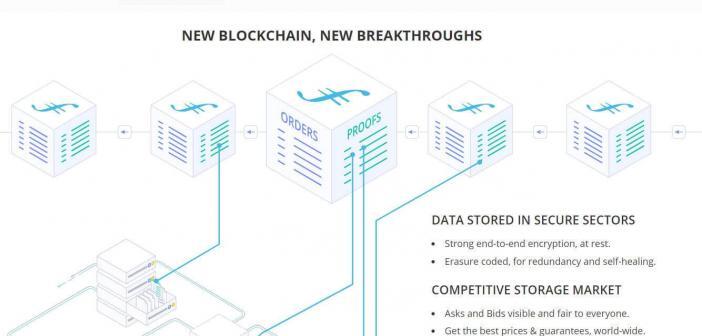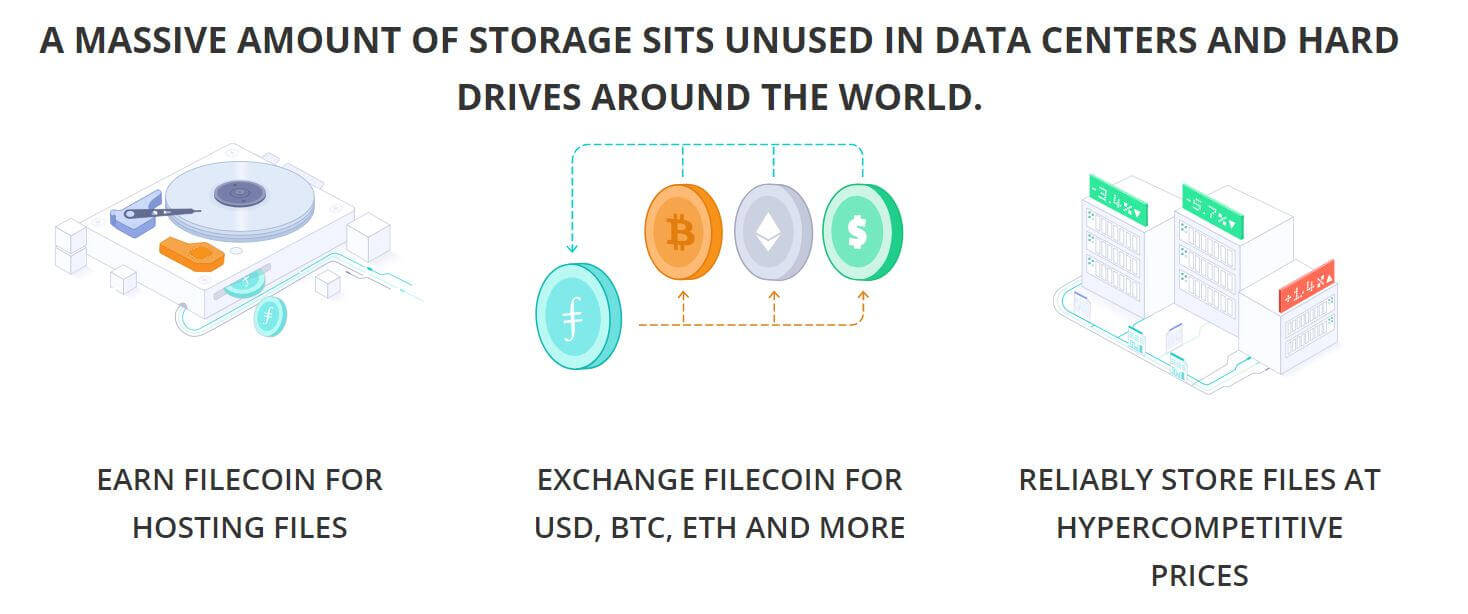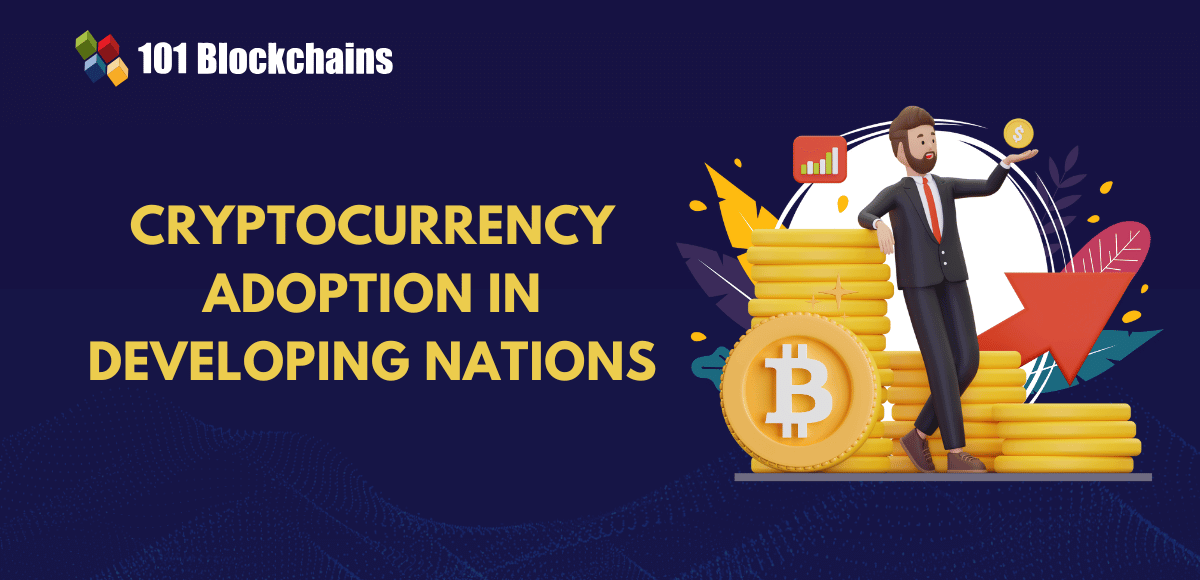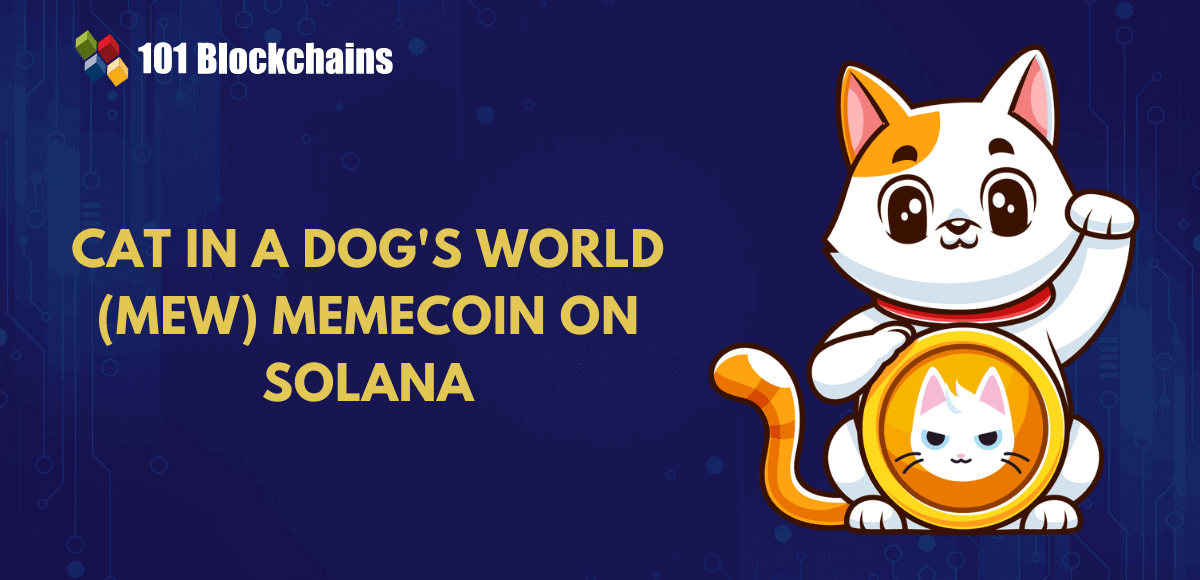Learn how blockchain truly works, master key definitions, and uncover what makes smart contracts so "smart." Dive into the fundamentals, gain valuable insights, and start your blockchain journey today!

- Cryptocurrency
Bebeto Nyamwamu
- on July 04, 2018
Beginner’s Guide: What is Filecoin – The Storage Coin
Advancements in the blockchain to serve data services are massive. Filecoin, the biggest ICO of 2017, is one of the leading decentralized storage solutions. But, what is Filecoin? And how is it relevant?
Currently, the world data solutions are Google, Amazon S3, and such other similar services. The companies act as the trusted third parties to provide data storage solutions. These storage solutions are largely flawed. The data is stored in a centralized place. Hence, the data is susceptible to attack and data breaches. Additionally, the trusted parties dictate the prices for the data storage services.
Juan Benet, through his Filecoin innovation, aims to deal with this. Here is the basic functioning of the Altcoin before we delve into more specifics. A community of customers with available space becomes Filecoin’s data storage providers. Thus, eliminate the trusted party influence on market prices. Additionally, eliminate the risk that comes with centralization risk.
What is Filecoin (FIL)?
Filecoin is built and developed by Protocol Labs. It was founded in 2014 by Juan Bennet. He also is the founder of Protocol Labs.

Image Credits: Filecoin (FIL)
About Protocol labs
Protocol labs is a team of research-oriented individuals. They are specialists in the space of peer to peer technology development. The excellent track record of the team gives the innovations a huge advantage.
Protocol labs is the team behind; Multiformats, IPDL, Coinlist, libp2p, and IPFS. Filecoin enjoys the leverage of the technologies of the innovations. Especially the IPFS which to date enjoys a solid peer-peer file transfer and storage infrastructure. A pointer to how strong a foundation on which Filecoin is built upon.
Besides, the team brings to the table the blockchain experience. The team has grown to leaders in the crypto verse. They possess extensive experience in development and deployment of open source technology. In addition to all the experience, the team also understands the code bases of other blockchain technologies. The knowledge is crucial in the growth and potential future partnerships.
Before the Filecoin ICO, the team worked on a budget of less than the $3.5 million. Then the ICO happened and changed the company fortunes.
Filecoin (FIL) ICO

Image Credits: Filecoin
We start with the facts; to date, no ICO has ever been as successful as Filecoin (FIL) ICO. The ICO raised up to the upwards of $257 million.
On 10th August 2017, Protocol labs opened the ICO to the public. Within 1 hour, the ICO site was closed. On closure, Filecoin ICO had raised $275 million inclusive of the $52 million pre-sale amount.
The ICO was open to investors as per the US regulation. And, according to the regulations it then means individuals with $200K in income or a massive net worth of $1 million. Hence, the backlash from many community members who felt Filecoin cut out the small-time investors.
The ICO saw great partnerships with investors; zk Capital, Unique Square Ventures, June Fund, Winklevoss Capital, Andreessen Horowitz, and plenty more.
Important to note, Filecoin (FIL) ICO was not about the tokens. There are no tokens that exist yet. Therefore, Filecoin sold the tokens as Simple Agreement for Future Tokens (SAFT). After the release of Filecoin’s genesis block, then tokens will be available.
So, how does the Protocol labs team make up to the small investors in the Filecoin community?
Token Allocation
Protocol labs team has laid down a comprehensive token allocation plan. The plan is to ensure that each member of the community reaps. In the plan, there will be creation and disbursement of 30% of tokens at Genesis. Out of the 30%, 10 percent will go to the investors, 15 percent to the team at protocol labs and 5 percent to the Filecoin foundation.
Do your math. There is a remaining 70%. The 70% is the reward for Filecoin miners. And the system will offer the reward. A miner will earn the reward for replicating the files on the tokens.
How Filecoin works
You join the community. After joining the Filecoin community, you choose the file to store in the network. Then, you pay a small fee to have the file requested to be uploaded be listed on the Filecoin exchange. The system then seeks out to search for the lowest bid possible for you. Miners who have taken the proof-of-replication and proof-of space-time place the bids.
Once Filecoin networks find the bid, it encrypts the data. Then Filecoin sends it to various points in the storage node. The blockchain then records the locations. The blockchain record is known as the allocation table. The client is then allocated the private key for the file. Meaning when they provide the private key will they be able to access the files.
What is Filecoin: Filecoin Mining
As soon as the genesis block is released, mining will be possible. The Filecoin community will consist of the client, storage miner, and the retrieval miner. A miner will buy a hard disk that will enable them to mine the Filecoin data storage space.
Storage miner mining Cycle
- Pledges space to the Filecoin network
- Storage miners then get orders from storage market
- The network seal the orders
- Storage miners then prove that they are committed to storing the files
Retrieval miner mining Cycle
- Miner receives orders from the retrieval market
- Miner sends the pieces retrieved to the client
Miners are required to provide some proofs to assure the network of;
- Accountability and public verifiability
- Confidentiality
- Retrievability
- Integrity and incentive compatibility.
Proof-of-Replication and Proof-of-Spacetime
The Filecoin network requires the storage providers to assure the clients of storage space. To achieve this, the storage provider generates the proof-of-replication and proof-of-spacetime. The proofs help miners, or rather the storage providers get audited by the network.
The Filecoin Markets
As in any marketplace, the market is dictated by the supply and demand dynamics. For this reason, there are two markets – the storage market and the retrieval market. The community members, both the client and the miner, set prices and releases them to the respective markets. The miner then finds the order befitting his needs and they will initiate the process peer-peer.
Storage Markets
These markets work more or less like Storj or Sia. Any customer with an extra hard drive space can hack this market. The Filecoin network will then use this space for files. The network stores the information in small encrypted portions.
Retrieval Markets
The retrieval market is a market unique to Filecoin. The market stands out in the sense that they are fast, low latency, and need high bandwidth. A miner in this space gets rewarded for being the fastest to get the client the file.
Both the markets target the mid-sized companies. Here are the two reasons why;
- Large companies are too centralized. Hence, in essence, they will be going back to centralization. Thus, betraying the aim of Filecoin of decentralizing the data storage.
- Small operators are unreliable. The imminent risk of unreliable connection to support the network. Besides, the risk of insufficient storage space makes them a bad match.
The Interplanetary File System (IPFS)
We cannot talk Filecoin without talking about IPFS. IPFS is the technology upon which the Filecoin network builds. Have you heard of https? If yes, then IPFS wants to replace that system. IPFS developers see the loopholes left by https and want to seal them.
Take for instance the dependency on central instances and URLs to retrieve data. IPFS eliminates the need for the URLs for data retrieval. More exciting about the IPFS system is the fact that it has striking characteristics to address and replicate files based on content.
Thus, IPFS is an excellent innovation by Juan Bennet. Additionally, Filecoin gains from the IPFS successes. Being that the developer of both projects is the same man clients are sure the projects are well understood.
However, critics are out to question how the two systems will co-relate peacefully. The developers have a clear plan on how the two will remain independently interdependent.
What is Filecoin in types of Contracts
There are two contract types on the Filecoin network; Smart Contracts and the data specific contracts, the File contracts. Here is a breakdown of the contracts a little more in the Filecoin context.
The Smart Contracts
For any crypto enthusiast, these are a household name. They are the primary contracts in which the blockchain technology are based. Bitcoin, Ethereum, and the other Altcoins exploit the smart contracts in executing their aims. In Filecoin, smart contracts enable the community of users to write contracts. The contracts validate the proofs, store and retrieve data, and spend Filecoin Tokens.
Like most blockchain technologies, Filecoin uses smart contracts as they foresee decentralized naming systems, asset tracking, and crowd sale platforms. Smart contracts will help in achieving these.
The File Contracts
The file contracts are contracts specific to Filecoin. They allow the users to specify the conditions with which they are offering services. For example, you can contract miners directly. Once you have a miner you want to help out with your data, you can sidestep the market and contract the miner directly. File contracts also extend the mandate to allow you with complex function. The complex functions are like creating functions to allow data updates all through the storage period.
Relation with other Blockchain systems
Filecoin anticipates for the need of another system. For this reason, Protocol labs have created integration systems where Filecoin can work with other blockchains. The company plans to bridge the gap of low storage capacity at very high costs provided by other blockchain systems. Systems like Bitcoin, Ethereum, and Tezos will, therefore, use Filecoin to allow bridge that gap.
Also, the team has integrated Filecoin with other systems. Like Filecoin works with Zcash to send requests for storing data in privacy.
Pending issues on Filecoin
Filecoin is a courageous, innovative idea that aims to decentralize data storage. But, some mechanisms are not yet so clear and will require some ironing out. Here is a highlight;
- The retrieval market retrieves the data for clients. However, there is no mechanism to confirm that the miner has deleted the data. Thus, the clients are unsure that they are the only ones in possession of the data.
- There is uncertainty in the confidentiality. Clients are rightfully fearful that miners could decrypt the data. There are no mechanisms to assure the data is always in its encrypted state during the whole storage period.
- The mechanisms to provide adequate and appropriate incentives are unclear. The client and miner both can act in malicious ways. One way to eliminate malice is to have a great incentive plan. And, as the development of Filecoin progresses here are some issues that are a must address.
Greatest Challenge
Filecoin is going against a competition made of giants. Storage markets like Google and Amazon are a significant competition. These giants have a big head start in that they offer up to 5-15 GB of data storage space for free. This places Filecoin in a disadvantaged position because in Filecoin any amount of data has a price tag.
Nonetheless, the problems that come with centralization and the continued prevalence of decentralization are working for Filecoin.
Conclusion
Filecoin (FIL) is the biggest ICO yet. Raising a record $257 Million in 60 minutes. The ICO amount is majorly from investors as defined by the US regulation. This is just an indication of how much faith the investors have in the potential of the blockchain technology.
Filecoin is work in progress. And after the release of the genesis block, tokens will be available. The community will then be able to exploit the storage and retrieval markets that are offered by the blockchain.
There are many challenges and mechanisms to be figured out. But, the team behind the Filecoin blockchain has several successes. Hence, instills confidence in the clients and miners that everything will be figured out.
Through all these, there are some particular facts. The Filecoin blockchain technology is a revolutionary idea. The data storage and retrieval markets are massive for a great surprise.
Find more details on their website and follow their twitter.
*Disclaimer: The article should not be taken as, and is not intended to provide any investment advice. Claims made in this article do not constitute investment advice and should not be taken as such. Do your own research!




